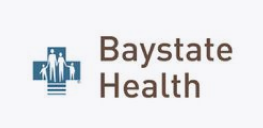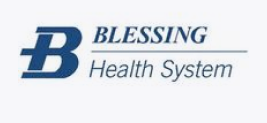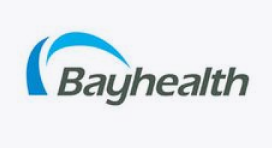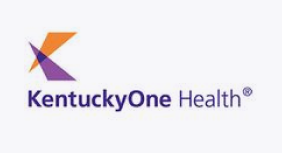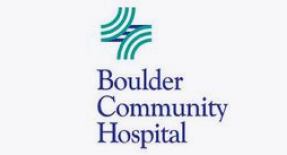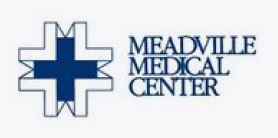May 5, 2022
An Outpatient Pharmacy Strategy for Hospitals
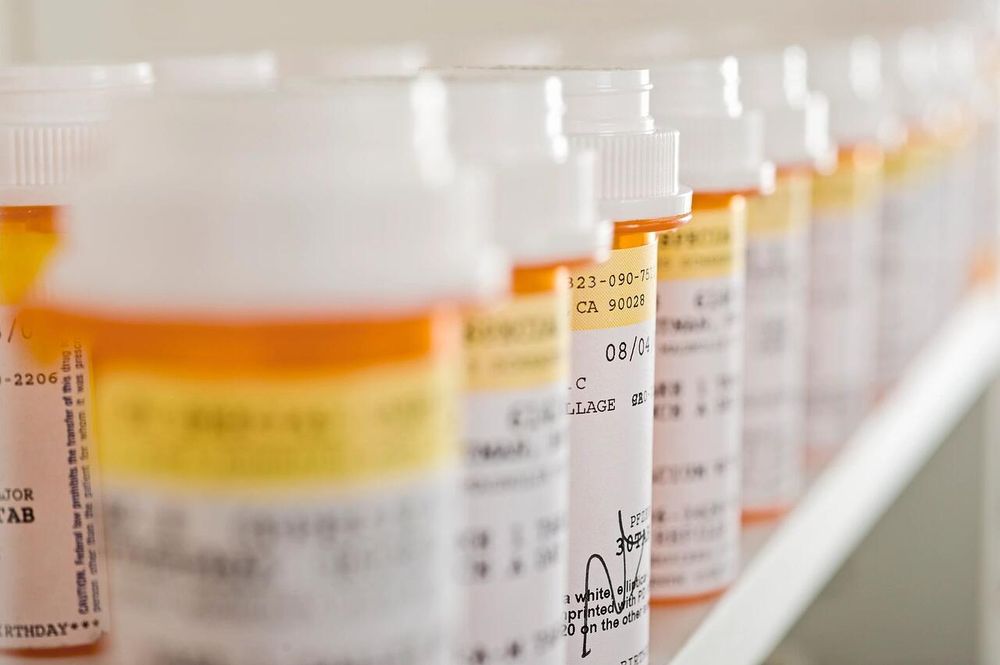
Many large hospitals have deployed, or are in the process of deploying outpatient pharmacies. Not surprisingly, most 340B hospitals have moved forward with outpatient pharmacies due to the benefits that their 340B status brings. However, many smaller and mid-size hospitals are yet to embrace an outpatient pharmacy strategy and are missing out on the opportunities that they can bring.
A high level look at the benefits that you might expect to see from a hospital-owned outpatient pharmacy:
- Depending upon the size of the hospital – Millions in revenue and hundreds of thousands in profit. (The inclusion of a specialty pharmacy can add multi-millions to this figure).
- Reduced employee pharmacy benefit costs from anywhere between 10% – 50% (Sisters of Charity of Leavenworth Health System)
- A 25%+ relative increase in patient satisfaction scores (Barnes-Jewish Hospital)
- A 50%+ reduction in readmissions with a meds-to-beds program (Einstein Medical Center in Philadelphia)
A defined process should be outlined in order to evaluate the likelihood of success for an outpatient pharmacy. This should include:
- The economic feasibility and expected ROI of an outpatient pharmacy that considers staffing requirements, operating hours, up-front capital costs, etc.
- The path to execution, which would include the time frame to opening, ideal location, technology needs and state licensing requirements.
- The expected impact on patient care as well as the cost of providing that care; including the benefits that the hospital might see from lower readmission penalties as well as HCAHP bonuses.
- The competitive environment and potential impact on local independent pharmacies





